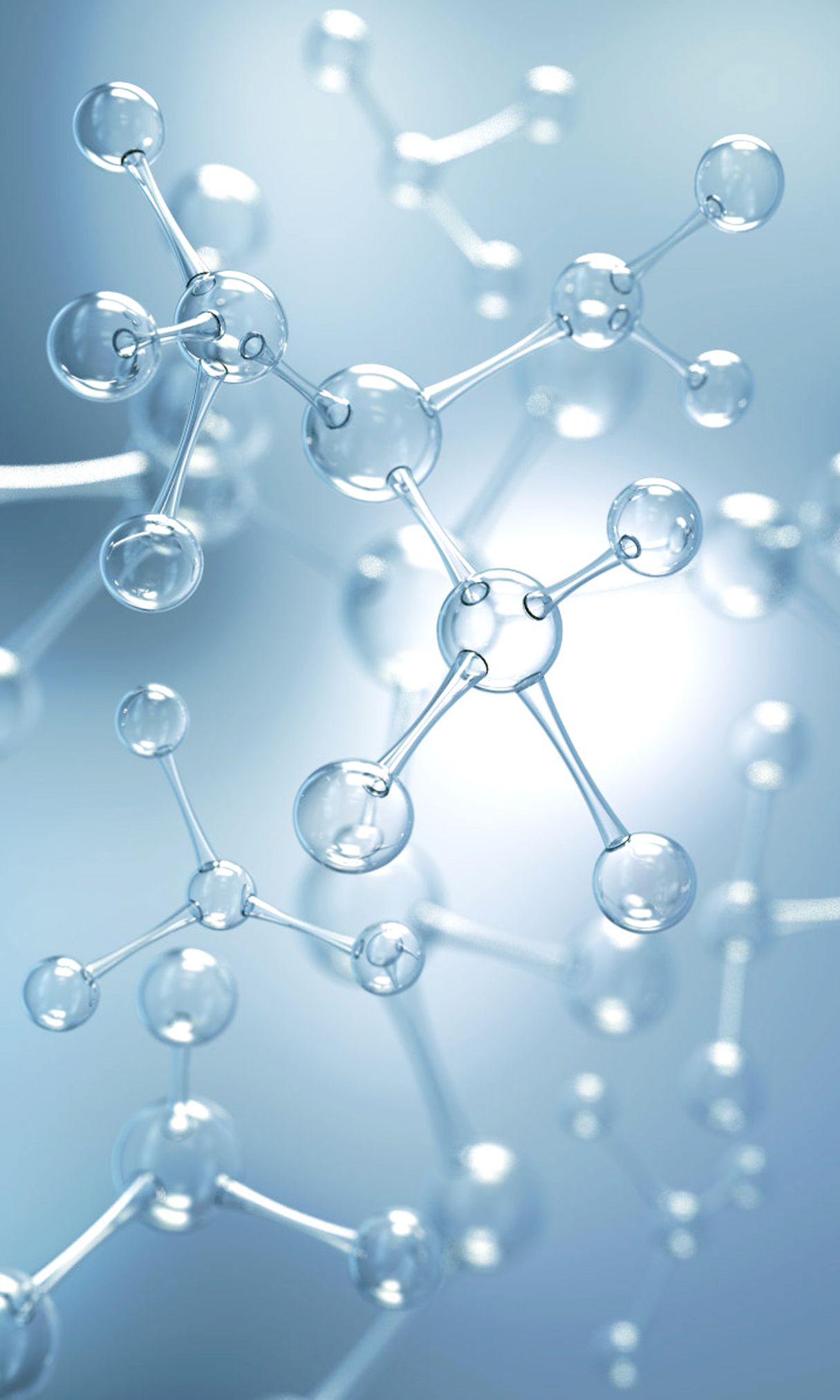
1. Plasticization of general plastic engineering
Although new products of engineering plastics are constantly increasing, application fields are constantly being explored, and the cost is continuously reduced due to the expansion of production equipment; characteristics, and has seized part of the application market of traditional engineering plastics.
2. High performance of engineering plastics
With the vigorous development of the domestic automobile, electrical, electronic, communication and mechanical industries, the demand for modified engineering plastics will increase significantly, and various high-strength heat-resistant engineering plastics will be widely used.
3. Low cost of special engineering plastics
Such as polyphenylene sulfide (PPS), polyimide (PIM), polyether ether ketone (PEEK), polysulfone (PSF) and liquid crystal polymer (LCP) and other high-performance engineering plastics, due to their good electrical properties, resistance Features such as high temperature and dimensional stability. Some also have good flame retardancy, radiation resistance, chemical resistance and mechanical properties. Therefore, it has more and more important applications in cutting-edge technology fields such as electronic appliances, automobiles, aviation, instruments, petrochemicals, rockets, and aerospace.
4. Nanocomposite technology will bring new opportunities for modified plastics
The manufacture and application of polymer nanocomposites is an important topic in the future. Now, the development of nanotechnology is changing with each passing day. As an important branch of nano-polymer materials, the research and development of nano-polymer materials presents a new trend. The potential benefits of nanotechnology drive scientists in many countries to explore and research continuously, and the competition is fierce. For nano-polymer materials, due to the small size of nano-powder particles, large surface area, and easy agglomeration, it is difficult to obtain nano-structured composite materials with the usual blending method when preparing nano-powder modified polymer composites. . In order to increase the interfacial binding force between nano-additives and polymers and improve the uniform dispersion of nanoparticles, it is necessary to modify the surface of nano-powders. It is mainly to reduce the surface energy state of the particles, eliminate the surface charge of the particles, improve the affinity between the nanoparticles and the organic phase, and weaken the surface polarity of the nanoparticles.
5. The development of new high-efficiency additives is also an important development direction for modified plastics
The additives involved in modified plastics are in addition to commonly used additives in plastic processing such as heat stabilizers, antioxidants, ultraviolet absorbers, nucleating agents, antistatic agents, dispersants and flame retardants, tougheners, combustion towers, etc. Effect agent, alloy compatibilizer, etc. are also very critical to modified plastics.












